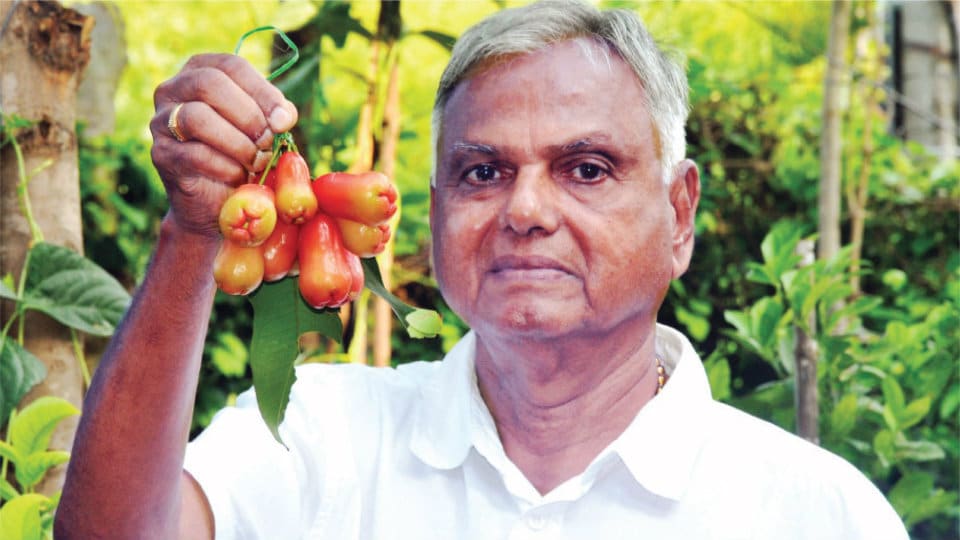Established in 1921, it is one of the oldest in India and Asia
The Department of Biochemistry of the Indian Institute of Science (IISc.) stepped into its centenary year in 2020. Established in 1921, it is said to be one of the oldest departments not only in India, but in all of Asia. Around 850 students have graduated from the department so far.
P.N. Rangarajan, Chairperson, Department of Biochemistry, told The Hindu that the major achievement has been its students, many of who are now leaders in industry and academia. “One of them J. Padmanabhan – alumni and faculty – became the director of IISc. M.R.S. Rao went on to become the president of the Jawaharlal Nehru Centre for Advanced Scientific Research, and Ram Rajasekharan became the Director of CFTRI-Mysuru,” he said.
The department has planned a major conference and alumni reunion in December, as well as a centenary lecture series that will be held almost every month. On the IISc.’s Open Day on Saturday, it is organising an exhibition highlighting its past and current activities.
Prof. Rangarajan’s own research has led to the development of the hepatitis B vaccine. “At least four vaccines are currently in the market. The hepatitis B component in these vaccines came from the lab of the Department of Biochemistry,” he added.
In a recent issue of the journal Current Science, Prof. Rangarajan lists out the progression of research in the department. This includes ‘research of societal relevance’ in the early years which resulted in the development of methods for conversion of municipal waste into organic manure and fluoride removal from drinking water, to name a few.
The article makes note of key contributions in basic research such as the identification of yeast chromosomes and nuclear membrane.
Ongoing research
At present, a novel drug combination for extremely drug resistant and multi-drug resistant TB, as well as new blood-based biomarker signatures of host genes for diagnosis of tuberculosis and for detecting response to anti-tubercular therapy are being developed, he told The Hindu. “A novel inhibitor of DNA repair enzyme called SCR7 has also been developed in our laboratory. It has the potential to develop as a cancer drug,” said Prof. Rangarajan.
source: http://www.thehindu.com / The Hindu / Home> News> Cities> Bengaluru / by K.C. Deepika / February 28th, 2020




